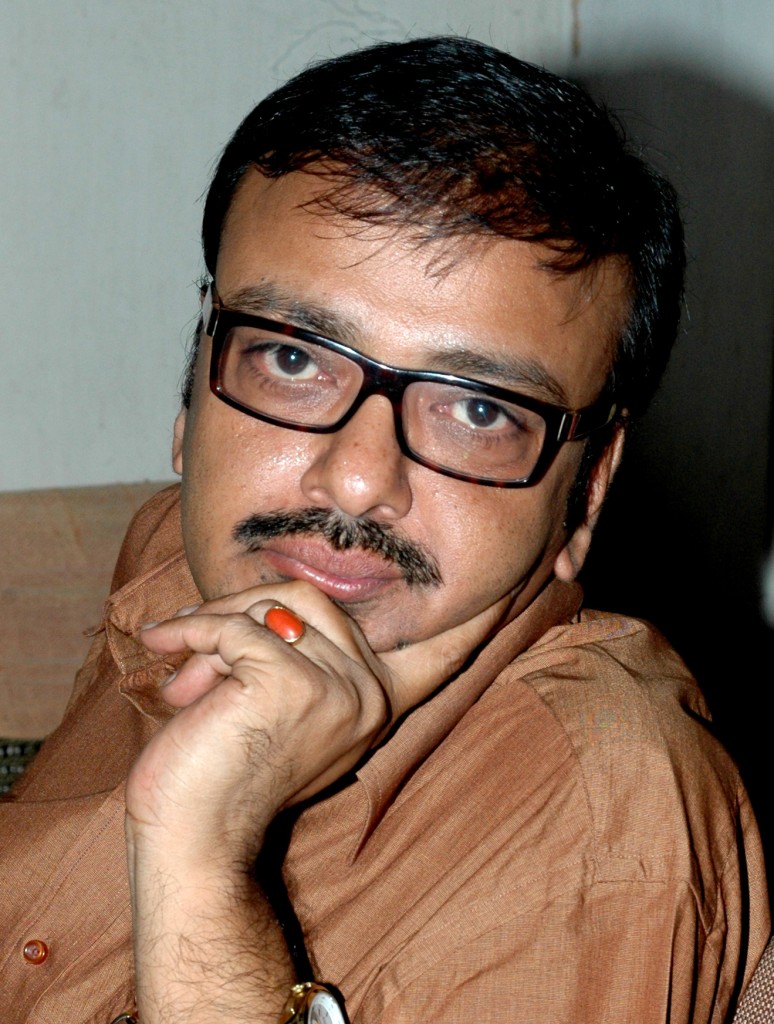 Urology is one of the most sought after areas of specialization for young doctors and there is reason why. Urology has traditionally been on the cutting-edge of surgical technology in the field of medicine; including minimally invasive robotic and laparoscopic surgery, laser assisted surgeries, and a host of other unique scope-guided-procedures. As a matter of fact – the first image that comes to the mind when one thinks of a life saving, technology empowered doctor in an operation theatre stretching the horizons of health care, is, in all probability, an urologist.
Urology is one of the most sought after areas of specialization for young doctors and there is reason why. Urology has traditionally been on the cutting-edge of surgical technology in the field of medicine; including minimally invasive robotic and laparoscopic surgery, laser assisted surgeries, and a host of other unique scope-guided-procedures. As a matter of fact – the first image that comes to the mind when one thinks of a life saving, technology empowered doctor in an operation theatre stretching the horizons of health care, is, in all probability, an urologist.
Urologists are well-trained in open and minimally-invasive techniques, employing real-time ultrasound guidance, fiber-optic endoscopic equipment, and various lasers in the treatment of multiple benign and malignant conditions. In addition, urologists are pioneers in the use of robotics in laparoscopic surgery.
Urology, also known as genitourinary surgery, is the branch of medicine that focuses on the surgical and medical diseases of the male and female urinary tract system and the male reproductive organs. The organs under the domain of urology include the kidneys, adrenal glands, ureters, urinary bladder, urethra, and the male reproductive organs (testes, epididymis, vas deferens, seminal vesicles, prostate and penis).
The urinary and reproductive tracts are closely linked, and disorders of one often affect the other. Thus a major spectrum of the conditions managed in urology exists under the domain of genitourinary disorders. Urology combines the management of medical (i.e., non-surgical) conditions such as urinary tract infections and benign prostatic hyperplasia, with the management of surgical conditions such as bladder or prostate cancer, kidney stones, congenital abnormalities, traumatic injury, and stress incontinence.
In India, the art and science of Urological care are highly evolved with some surgeons having reached almost cult status. As a matter of fact, the care that is given to patients in the higher end Multi and Super specialty hospitals is comparable to the best in the world. However, senior practitioners rue the fact that outside these largely privately run establishments, the quality of service in general and that of the logistical and infrastructural support leaves much to be desired.
Urology is like a ocean with many a water current meeting it – sub domains like Endourology, Laproscopy, Urologic Oncology, Neurourology, Padiatric Urology, Andrology, Reconstructive Urology, Female Urology and the like. The fact that these fields have not evolved in the same pace with substantial gaps among the respective bodies of knowledge both in terms of theory and practice in India is another lacuna according to the experts.
“Individual excellence should be an exception, not a rule” says one highly regarded Urologist who did not want to be identified, “where we are lagging behind, in India at least, is the overall quality of both the man and the machines. Our institutions which have the onerous responsibility of equipping the young doctors with the necessary skill sets and keeping them empowered with the latest advancements from around the world, has sadly failed us.”
Another glaring anomaly that most senior practitioners point at is the abysmal level of information that is available on a National basis about the related ailments, their emerging trends and especially the mutations that are taking place. “We have do not have a reliable body of knowledge about the various facets which will be a crippling disadvantage for future generations of doctors who will specialize in the field. As a matter of fact, we are aware of the galloping manner in which urological discrepancies are multiplying and if we do not study the numbers and the underlying causes with a view towards taking restrictive steps towards cure and containment, surgery alone, whatever advancements technology may arm it with, may not be able to cope with the epidemic” they point out.
(the piece was written for the Express Health Guide, Kolkata)
